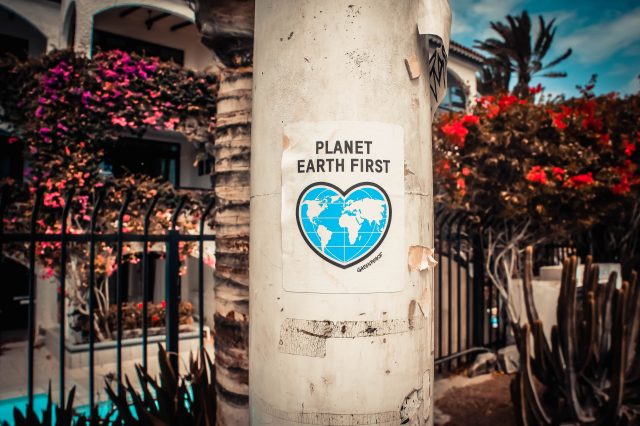
MedTech companies, all together, have a vast production, distribution and usage span around the world. We are talking about a $500 billion market that is primarily focused on improving human health and has an immense impact on our well-being.
With that being said, MedTech companies must do a full circle and continue their efforts for improving human health by being environmentally responsible.
What does this mean for MedTech companies? It means they must find more sustainable approaches to product lifecycles and to reducing carbon footprints. This includes a sustainable approach to sourcing, manufacturing, packaging, use and end-of-life phases of the said products.
In 2015, The UN’s “2030 Agenda for Sustainable Development” set 17 sustainable development goals (SDGs) which address social issues such as equality, prosperity, health, peace and inclusion. All these aspects are interconnected and the medical device industry is very much aligned with the SDG. However, it is extremely hard for such an industry to go fully eco-friendly on such short notice.
What do MedTech Companies do to Improve the Sustainability of our Planet?
Rods&Cones technology is globally known to be a sustainable tool in the medical field. With their open kits that include the signature smart glasses, they provide remote access to any operating room. The medical device allows sales professionals to demo products to audiences and allows medical reps to attend to more surgeries on a daily basis and to work closely with different healthcare teams, and all that without traveling back and forth. This not only increases business efficiency but also minimizes travel pollution. It is evident why industry specific learning management for MedTech is so important. Medical professionals need to keep up with technologies like this in order to be more efficient. With Rods&Cones they can help save lives, educate medical staff worldwide, even in rural areas, and can have close contact with other international surgeons for professional opinions and help when needed.
In the U.S., On Site Waste Technologies has developed the TE-5000, a small machine that can heat and condense around 160 used syringes, forming a non-toxic plastic brick, decreased by 80% in volume which can be thrown out into domestic waste. This is only one way of preventive solution to sharps waste.
In Kathmandu, Nepal, an NGO helped a hospital to develop a sharps waste management strategy where medical practitioners cut off the needles from used syringes with a manual cutter, right after they use them. Afterward, they disinfect the syringes and sell them to recyclers, while they seal the small volume of remaining needles and send them to a landfill.
A German company, DiaMonTech has developed technology to help reduce waste from the monitoring and treatment of diabetes. Through its non-invasive glucose monitoring tool, they are changing the way people check their blood sugar levels. According to WHO, there are 422 million people that have diabetes, who check their blood sugar levels 4 times a day in average. With this tool, people will not need to prick a drop of blood on a disposable paper test strip, but rather shine an invisible infrared light beam into their skin to count glucose molecules, totally waste-free.
Even MedTech giants like Johnson & Johnson have pledged to long-term actions for a more sustainable operating system. By 2025, 100% of J&J’s electricity will come from renewable sources. By 2023 J&J pledged to achieve carbon neutrality for their operations, going beyond their target to reduce absolute Scope 1 and 2 emissions by 60% from 2016 levels. Furthermore, their goal for 2030 is to reduce absolute upstream value chain emissions by 20% from 2016 levels.













